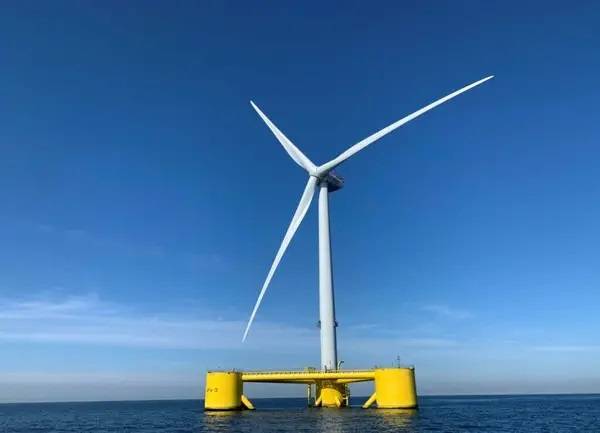
The American Bureau of Shipping (ABS) has published requirements addressing safety and technical standards for floating offshore wind substations in what has been described as an industry first.
Together with input from offshore wind project developers, original equipment manufacturers (OEMs) of substations, and transportation and installation (T&I) companies, ABS developed the Requirements for Offshore Substations and Electrical Service Platforms which, according to ABS, addresses not only fixed bottom substations but also includes new information for the rapidly increasing project size of global floating projects.
Floating offshore wind projects worldwide have been ramping up. Since 2022, new projects have been awarded and others are advancing along the waters of Scotland, Korea and the U.S. West Coast. Existing projects are entering advanced design stages, many with aggressive timelines as regions become more focused on energy security, ABS said.
"This publication is the latest in ABS’ support of the offshore wind industry. We’ve been instrumental in the formulation of global standards for offshore wind platforms, notably working with the International Electrical Commission, IEC, on the design and fabrication of floating wind installations,” said Greg Lennon, ABS Vice President, Head of Global Offshore Wind.
Diego Tarno, Senior Electrical Transmission Engineer for Ocean Winds, said, “Based on our experience as a pioneer in floating offshore wind, Ocean Winds’ floating portfolio is increasing rapidly, with exclusive developments rights for four commercial scale projects in South Korea, the U.S. and the UK, making a third of our current 16.6 GW portfolio from floating technology. To realize these projects and unlock opportunities, the development of reliable technical support in the form of these requirements published by ABS is key for optimizing the processes and therefore reaching our objectives of development."
ABS certified the first U.S. offshore wind project in Orsted's Block Island. Worldwide, ABS certified the first semisubmersible floating offshore wind turbine, WindFloat I; classed the world's largest floating wind turbine at the time of installation with Windfloat Atlantic developed and operated by Ocean Winds; classed Kincardine, the world’s largest grid-connected floating offshore wind farm; and performed statutory reviews on behalf of International Registries Inc. (IRI) for Kincardine.



